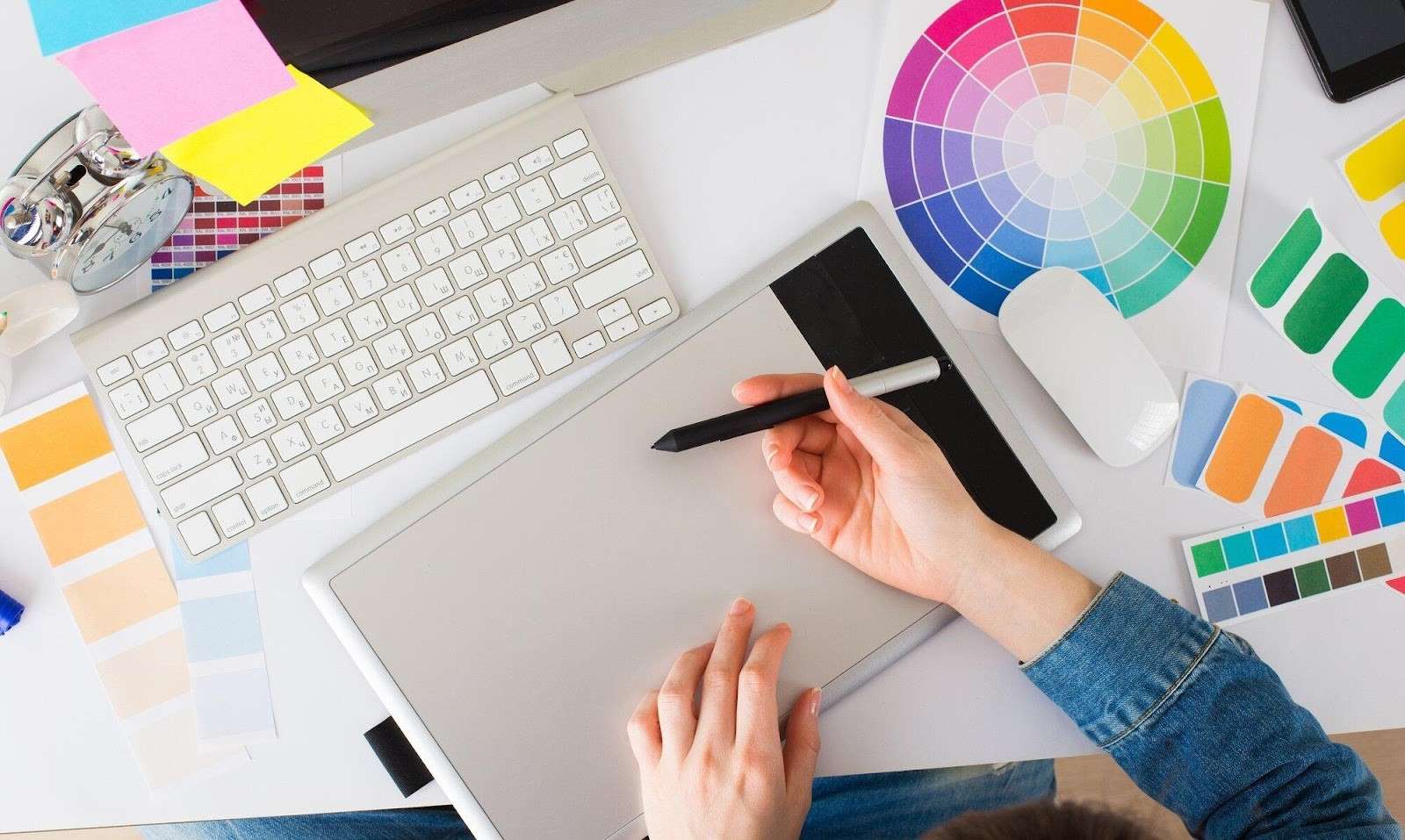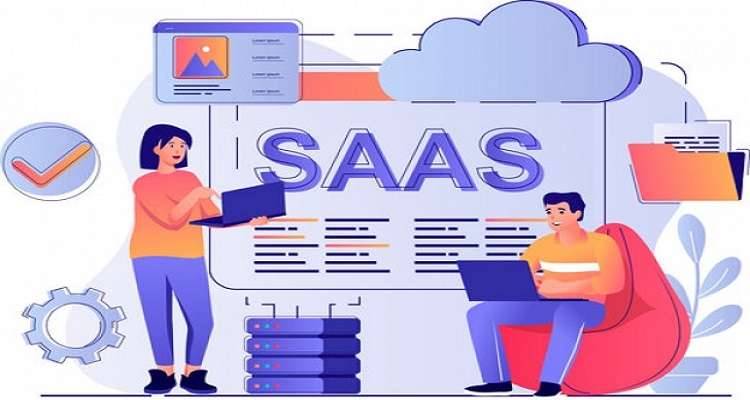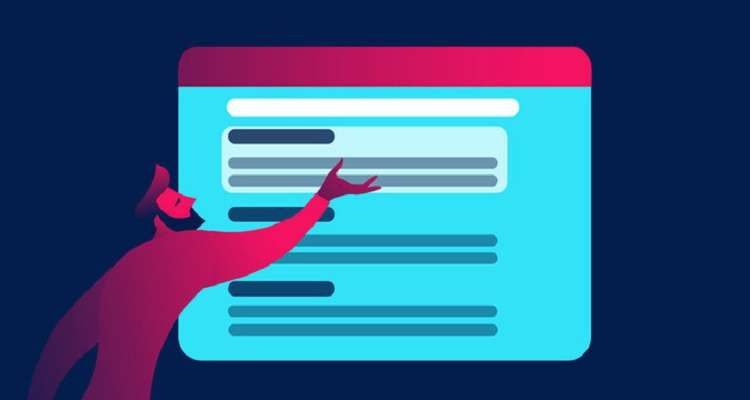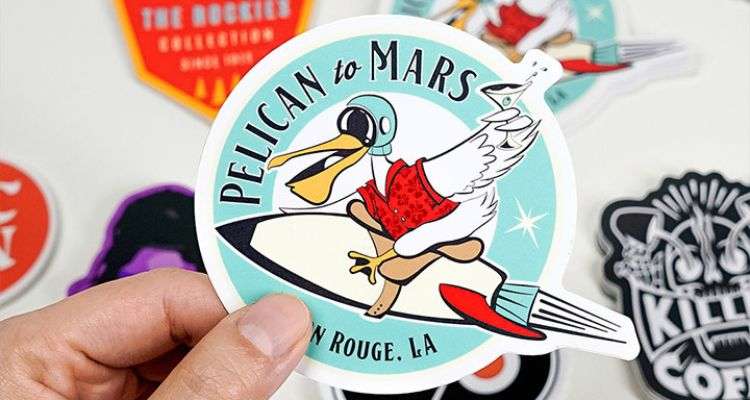Printed brochures are an excellent way for companies to promote their products and services. Brochure printing has a range of benefits—brochures are easy to distribute, cost-effective, build trust, display information in a pleasing way, personalize your business and establish authority in your industry.
Why Get Brochures Printed?
Brochure printing is a worthwhile exercise for most businesses, as brochures have many benefits:
Brochures are easy to distribute
A key benefit of brochures is that they are easy to distribute. For example, suppose you’re attending a trade show where your business has a stand. In that case, you can hand out brochures to interested passersby, who can take the brochure home to digest later without all the distractions of a trade show. Alternatively, brochures can be easily posted through letterboxes where people might save them to refer to later.
Brochures are tangible
Brochures appeal to our senses in a way that digital media cannot. There is something incredibly satisfying about flicking through an informative brochure made of sleek, high-quality materials.
Brochures increase brand awareness and recall
One of the main advantages of brochures is their ability to increase brand awareness and recall. A well-designed, expertly printed brochure has the power to capture the attention of your target audience and compel them to browse through it. Studies have also found that consumers find it significantly easier to absorb brochures than digital media.
Designing Your Brochure
When it comes to creating your brochure, you first need to determine
who your target audience is. However, this can be tricky when creating a brochure, as you’re likely to want to target a reasonably broad audience. First, think about the overall goal of the brochure. Is it an overview of your business, or are you focusing on a particular product or service? Is the aim to generate leads and make sales, or is the brochure more of an educational tool to increase brand awareness and recall? By determining the aim of your brochure, you can choose your target audience.
Brochure Best Practices
Keep it concise
You don’t have an endless amount of space in a brochure. The key is to convey your key marketing messages concisely, as too much text will be off-putting to the reader.
Address your target audience
One mistake that people make when designing brochures is trying to reach too many people. To increase the likelihood that your brochure is well-received by readers, visualize your target audience and write in a way that would interest them.
Prepare for the brochure printing process
Once your brochure is complete, you should check that it is ready for printing. First, ensure that your design contains a 3mm bleed area, as the cutting process is not always 100 percent accurate, and the last thing you want is to lose parts of your brochure design because they’ve been lopped off! This is also why you should also include a 5mm quiet area from the trim line of your brochure. You should not place any images, text or graphics in the 5mm quiet area, as content that is too close to the edges of your booklet will make it appear too cluttered.
How to Print Your Brochure
There are various customization options to choose from when it comes to printing your brochure. First, you need to choose the size of your brochure. Most online brochure printing services will allow you to choose from A4, A5, A6, 120mm x 120mm, 148mm x 148mm, 210mm x 210mm, and 210mm x 280mm. Next, you need to choose whether you’d like your brochure to be landscape or portrait in orientation and the paper type. There are several paper types to choose from, all with advantages and disadvantages. The most popular paper types are silk, gloss, uncoated, recycled, and natural. However, gloss and silk paper are usually the best option for brochures. These paper types provide a sleek finish that gives colors vibrancy.
In terms of the paperweight, you can choose between 90 and 200GSM. However, to ensure your brochures are durable, it is recommended that the brochure paper is somewhere between 130and 170GSM. Regarding binding, there are several options to choose from. Staple binding is the most popular method, as it is cost-effective but durable. However, it is only suitable for brochures with less than 40 pages. Alternatively, consider perfect binding if you want your brochure to last as long as possible. Perfect binding involves binding your brochure together using adhesive along the spine, providing a professional finish with significant durability. Perfect binding is recommended for documents with over 40 pages.
How to Promote Your Business with Printed Brochures
Printed brochures are a great way to convey marketing messages to your target audience if done correctly. Plus, it’s never been easier to print brochures thanks to online printing services, where you can place a brochure printing order in minutes.
















